
Pain and pain management
Just like the causes of pain can be various, various methods can help to deal with that pain, and the choice depends on numerous reasons. In some cases, the pain can only be reduced or minimized, while in others it is possible to eliminate it completely. On the other side, there are cases in which it is possible only to relieve the pain temporarily, while in other cases it is possible to eliminate it for good. The cause of the pain, as well as the condition in question (if it is present at all) affect this to a great extent. However, it is a relief to know that there are more than a few options available. For example, in cases of pain in a joint, muscle, neck, or lower back, all the methods of pain management available can be classified into noninvasive non-drug pain management, non-invasive pharmacologic pain management, and invasive painmanagement.
Available methods and techniques
Noninvasive non-drug pain management techniques are particularly helpful in cases of neck and back pain, and the most commonly used are exercising and physical exertion, manual techniques, behavioral modification, cutaneous stimulation and electrotherapy. Exercising includes water therapy, flexion exercises, aerobic exercises and a number of others, and it is essential for the health of cardiovascular and musculoskeletal system, and for nutrition of the disk. Manual techniques refer to osteopathy, massage, chiropractic therapy, and a number of other techniques. Behavioral methods improve the response of the patient to the pain, and biofeedback and various relaxation and coping techniques have proven to be very helpful. Cutaneous stimulation consists of pain management with the help of superficial heating and cooling or cold and ice packs. Electrotherapy, of which the most popular form is called TENS, refers to the use of low-voltage electricstimulation.
Noninvasive pharmacologic pain management techniques refer to the use of medications such as analgesics, NSAIDs, muscle relaxants, narcotics, antidepressants and anticonvulsants.
As for invasive pain management techniques, they do not refer to the surgery procedures, but the use of certain instruments is definitely necessary. Some of them are
injections, which are used either to provide relief or to confirm the diagnosis,prolathreapy, which consists of injecting a solution in order to improve the circulation of the blood,surgically implanted electrotherapy devices, such as spinal cord stimulators or peripheral nerve stimulators, andimplantable opioid infusion pumps, that directly deliver the opioids to the nerve in question.

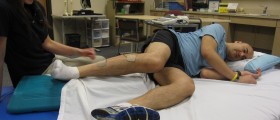
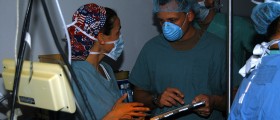


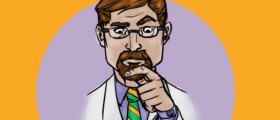



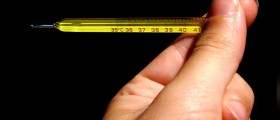
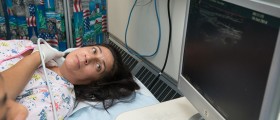
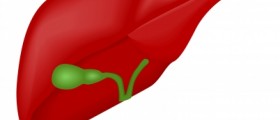



Your thoughts on this
Loading...